Blog | Houzz Pro membership

Houzz, pronounced /howz/
In August last year, Erica and I signed Mihaly Slocombe up to the Houzz Pro membership programme. This placed our sponsored project photos into the organic search streams of local audiences, increasing the visibility of our business in and around Melbourne.
We were required to commit to the programme for twelve months, a huge financial leap for us considering our marketing budget had previously been $0. When our membership expired recently, we took the opportunity to ask ourselves whether it has been worth our while. Has it increased the number of leads coming into our studio? Have the leads been qualified? Have they resulted in any commissions? Ultimately, we needed to work out whether we should opt in for another twelve months.
The Houzz platform is one I’ve discussed before, though I’ve not explored the membership programme, nor analysed the benefits and challenges it has brought to Mihaly Slocombe. The following discusses our history with the platform, our reasons for joining the paid programme, and the results we’ve seen from our investment.
Let me start at the beginning.
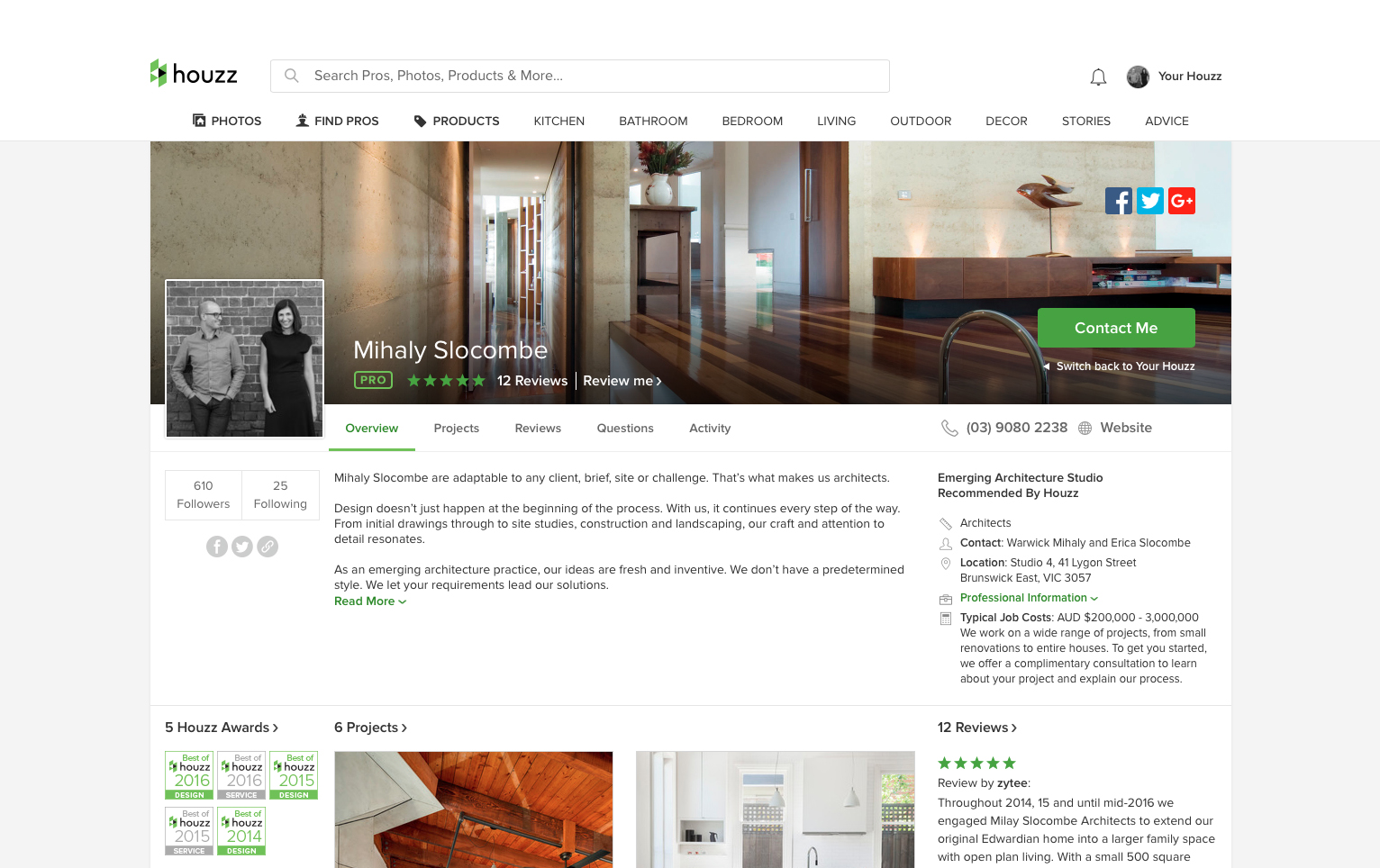
The beginning
I created a Houzz profile for Mihaly Slocombe in October 2013. It had been three years since we formed our studio and I was eager to increase our presence online. Even then, Houzz had a database of photos well into the millions. I had the feeling that we were hitching our wagon to the Amazon of residential architecture and figured it was better to be flying along with them than left behind in their dust.
At that stage, Houzz was based only in the US. It would be another year until the launch of a dedicated .com.au site, so the majority of our early traffic came from overseas – the US primarily, but plenty of European countries too.[1]
During this period, our profile developed some very strong organic traction. Amongst our two dozen or so project photos, it was the Basser House walk-in-wardrobe that attracted the most attention. To date, a whopping 18,000 people have added it to an ideabook (the Houzz equivalent of an Instagram like). It has also led to us winning the Houzz design award three years in a row.
The popularity of this and other photos earned us a constant presence. Like Google, the Houzz search algorithms reward popularity with more of the same. Despite the youth of our studio and small collection of photos, we were beginning to pop up everywhere.
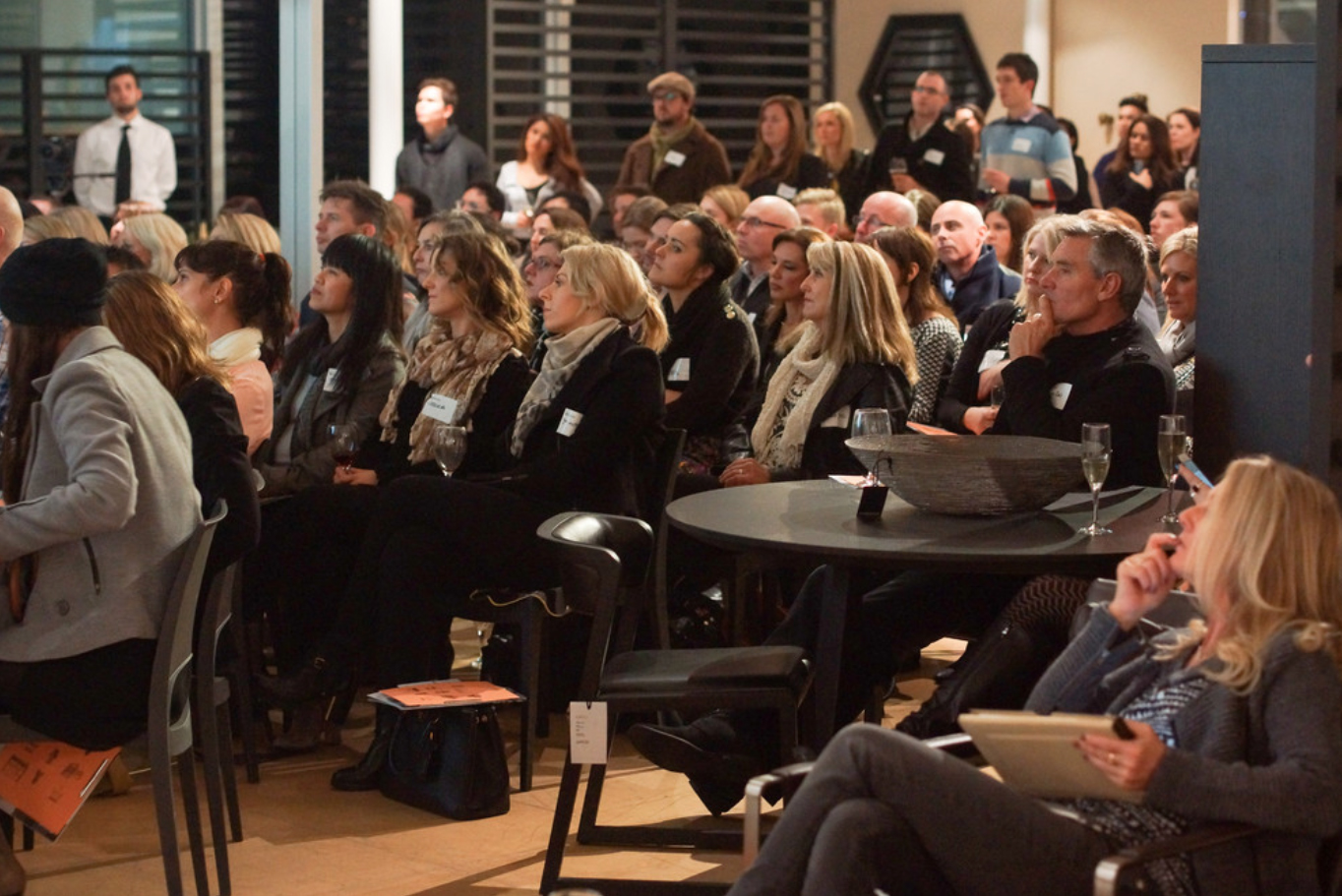
Houzz in Australia
In August 2014, Houzz spread its wings and officially launched its Australian domain. I attended the Melbourne launch party, and watched during the presentations (with some pride) as the Houzz staff used our profile as a case study.
During the drinks and canapés that followed, I met an architect whom I knew was enjoying just us much organic traffic as we were. I was curious to discover how she was going with her profile, and whether she’d won any projects through it.
Up until this point, our popularity on Houzz had not converted into any paid work. I had dedicated countless hours to answering technical questions from Houzz users, and even fielded a modest number of project enquiries that went nowhere, but I was just spending a lot of time selling our services to people who weren’t really buying.
I assumed my new friend would have had a similar experience, but discovered instead that she’d won sizeable projects with proper budgets and clients interested in good design. I was amazed. What was she doing that we weren’t? And what was it about our profile that attracted people with unreasonable expectations about the architectural process? We discussed this divergence for most of the night, but I left without any real understanding of why her success was translating into fee-earning commissions and ours was not.
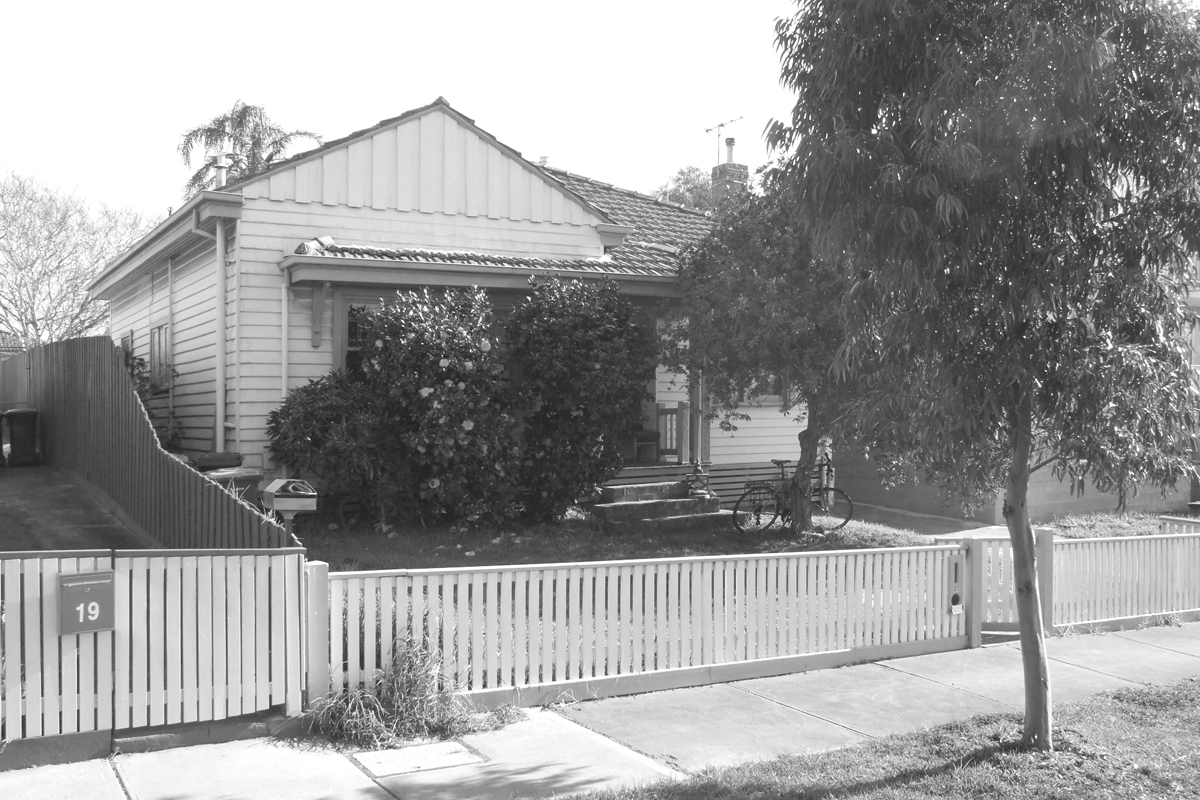
If at first you don’t succeed…
In May 2015, we received our first commission through Houzz. An Italian couple were returning to Melbourne after many years living abroad and wanted to renovate their family home in Brunswick West. It struck me when they got in contact that this was one of the marvels of Houzz: a couple flicking through pictures on their laptop in Rome could discover us on the other side of the planet, and then commission us for a project located just around the corner from our studio.
Still, it was tough going. By this point we had racked up a total of 14 enquiries through Houzz (including a couple of exciting calls from interstate), but only one commission. Not a good success rate. I realised then that the risk of the Houzz platform was that it replaced our relationship-based marketing approach with one more akin to internet shopping: high volume, low conversion.
So we were still spending a lot of time on our Houzz enquiries without much to show for it. In 2015, Houzz accounted for 43% of our enquiries, but only 14% of our commissions. It was the age-old business conundrum: we were spending the majority of our time on the minority of our clients. Something needed to change.
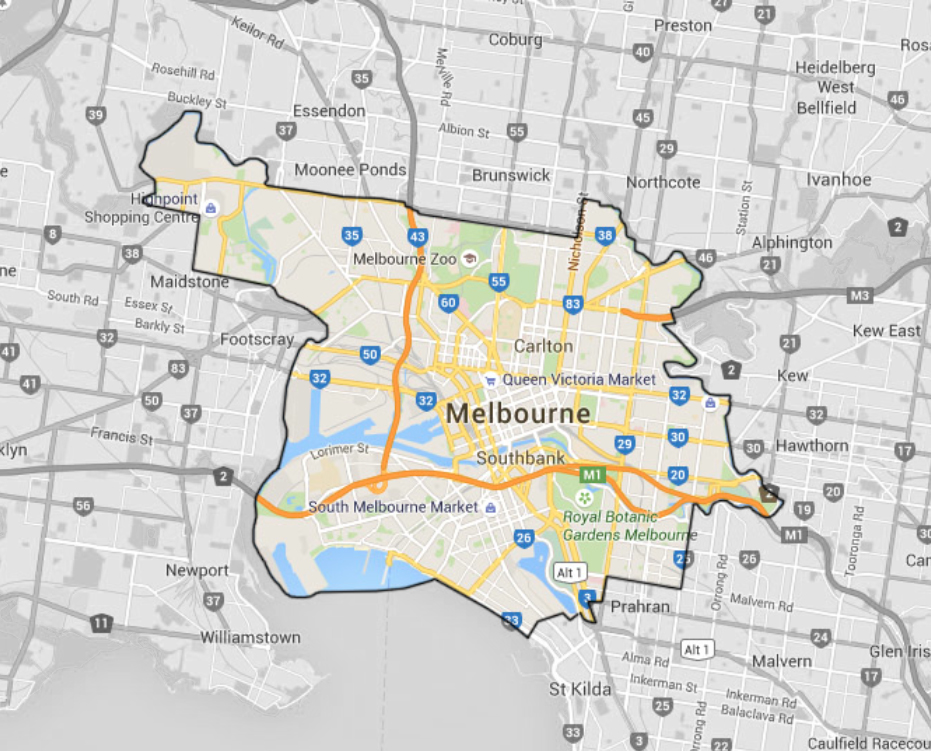
The programme
In August 2015, we received a call from Houzz. With the dedicated .com.au website now a year old, the Houzz Pro programme was being introduced to Australia. The call didn’t surprise me. I had wondered a number of times when Houzz would monetise its platform. With over 35 million unique visitors each month, professional users were getting access to an enormous audience for free.[2]
The deal was intriguing and came at just the right time for us. We were enjoying great organic traffic to our profile, but in contrast to my launch friend, the vast majority of it was international and of no real value to our business. Our photos were appearing on someone’s screen around 300,000 times every month, but only getting clicked around 90 times. A lot of people were seeing our work, but a tiny .03% were engaging with it.
The Houzz Pro programme proposed to change this model. It would guarantee our appearance on the first page of photo and profile searches for any user within the Melbourne CBD and immediately surrounding suburbs, and thus push us in front of many more local eyes.
Our hope was that more local connections would be the ingredient we were missing, the thing that would convert all my effort engaging with the Houzz community into paying projects. We still thought long and hard about it though – as I said, it was a big commitment for us. In the end, we figured a year of membership fees wouldn’t kill us, and our business needed to take a risk to continue to grow. We set a KPI for ourselves: an acceptable payoff would be one substantial commission, or two smaller ones.
We were the first architecture studio in Melbourne to sign on.
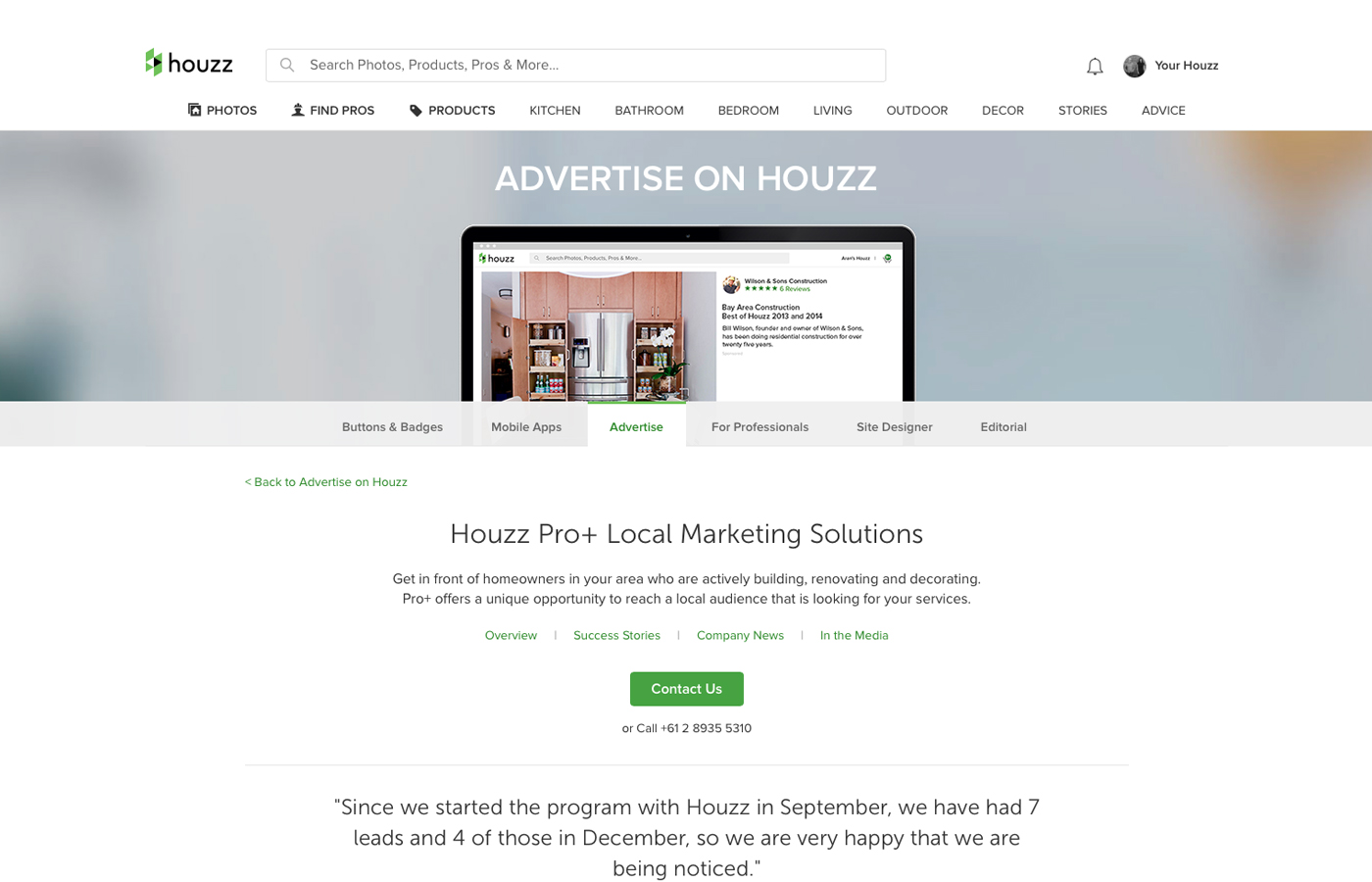
Our decision to join
Residential clients are notoriously difficult to connect with, particularly for younger practices without the reputation and bag of awards enjoyed by established studios. If our portfolio were centred around restaurant fitouts, we could probably work out ways to connect with restaurateurs. But houses are hard. Our clients are everyone and no one.
Houzz provides this connection. Better yet, the Houzz Pro programme provides a local connection, one that is based on images of our design work. In late 2015, our organic traffic was already excellent, but unproductive. The programme promised to top up our organic international audience with a far more engaged Melbourne one.
We also felt that Houzz was a safer bet than Google or Facebook advertising. Houzz users are a subset of the general population, a pool of people already interested in residential architecture. In marketing terms, this meant the leads we hoped to get through Houzz would be more likely qualified.
Finally, we sensed that Houzz is an unstoppable train rolling out across the planet. The Internet is hardly growing less connected to our daily lives: Houzz is a part of this trend, a huge marketplace we’d be foolish to ignore.

What happened next?
In August 2015, we paid for our first month of membership to the Houzz Pro programme. The good news was that we didn’t have to wait long for leads to come knocking: we received 3 enquiries that month. The bad news was that none of them turned into a project. And neither did the next 10. It wasn’t until March 2016, and our 14th Houzz enquiry since joining the programme, that a lead converted.
Five more leads rolled in without result, but in July our 20th enquiry came good too. Exactly as we’d hoped, both projects are sizeable, with proper budgets and clients interested in good design. We’re working on sketch design for them as I write.
When our membership came up for renewal in August, we did so without hesitation. We had expected the slow start, had even been warned about it by our Houzz account manager, but it seemed now that we had gathered a bit of momentum.
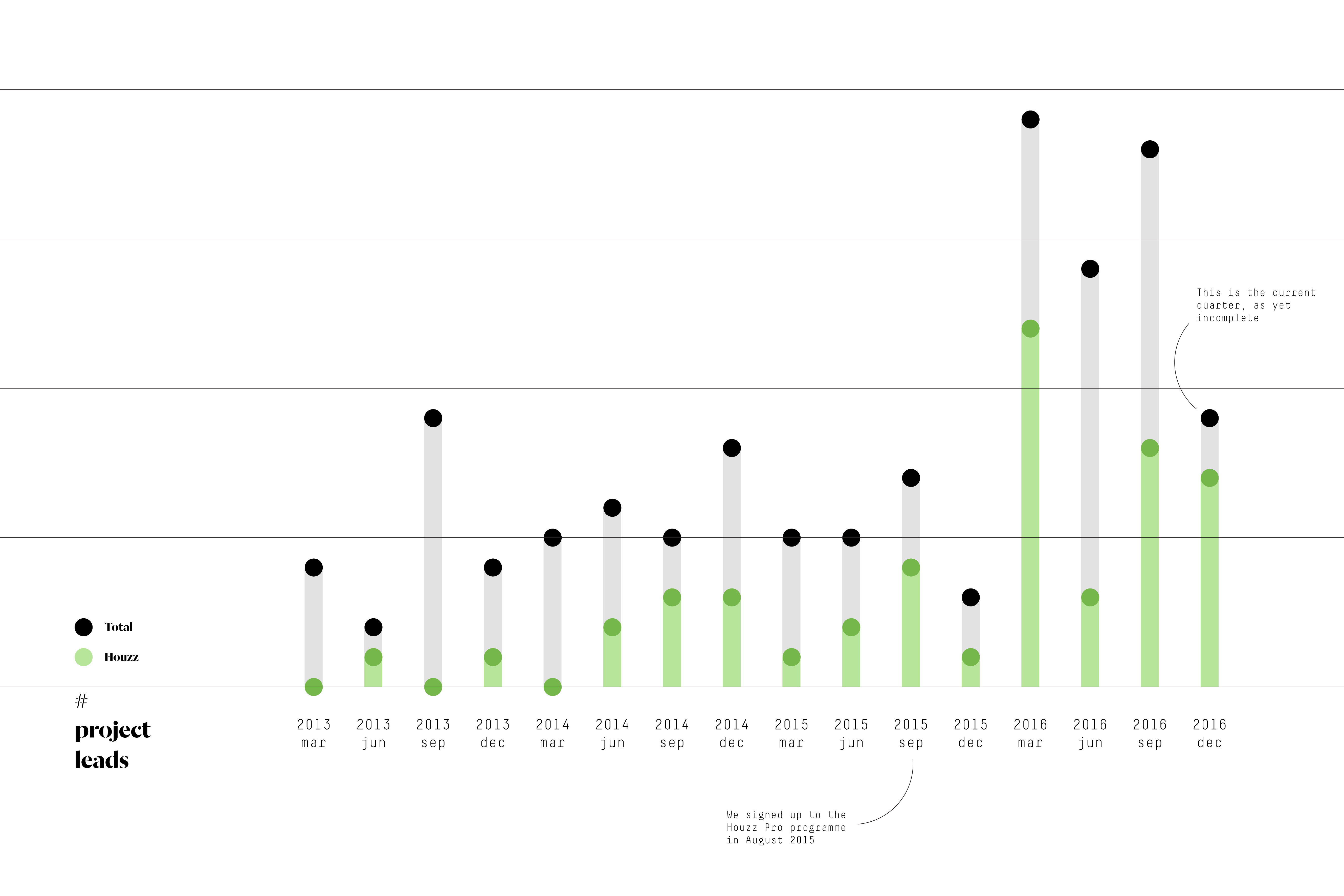
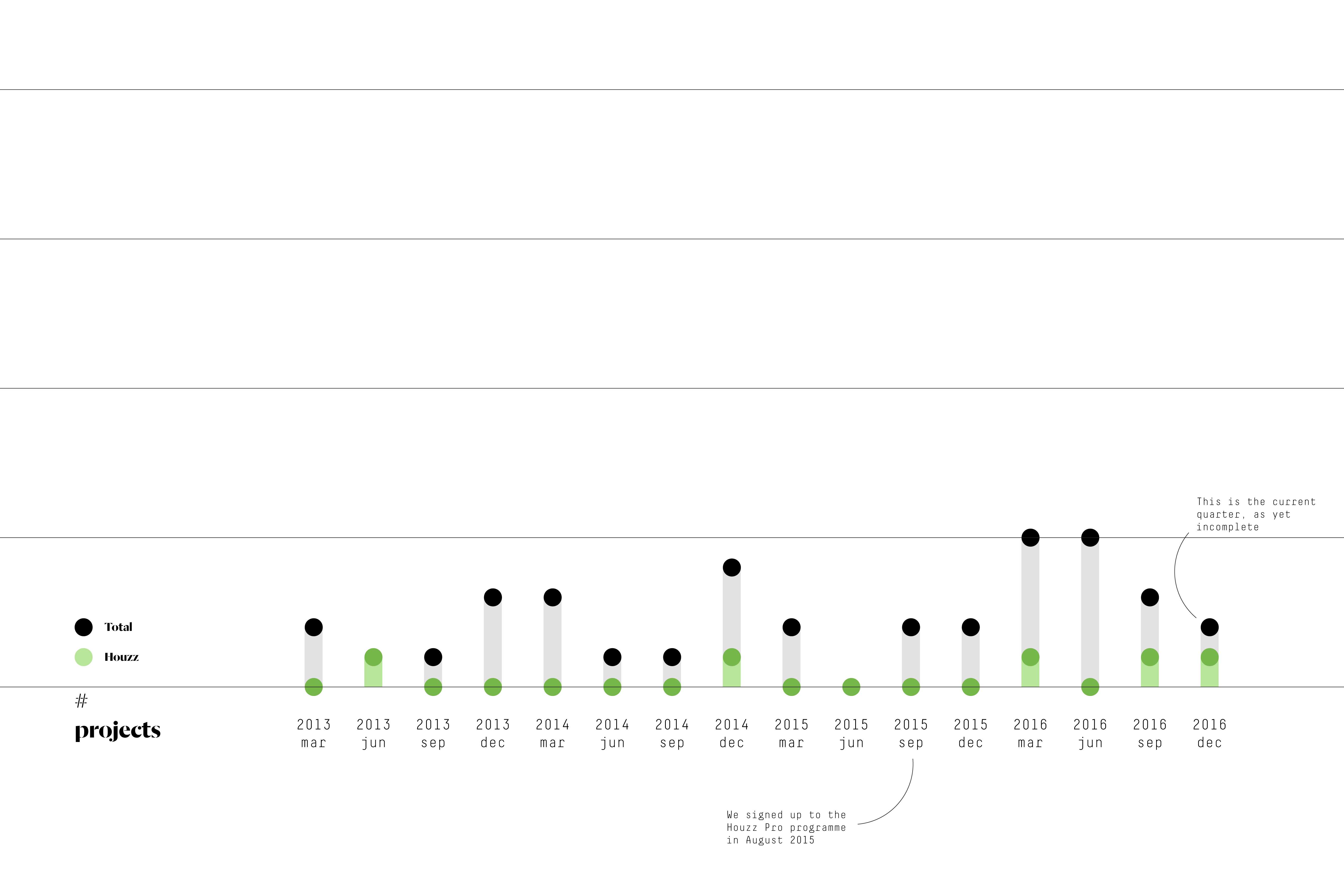
Some data please
Since our renewal three month ago, the enquiries have continued to arrive. Two more have converted into commissions in just the last couple of weeks.
Examining the 14 months of our Houzz Pro membership, I calculate that 50% of all enquiries, and 20% of all new projects, have come through Houzz. These figures are both improvements on our pre-membership results, particularly the gross number of enquiries. Pre-membership, we received one enquiry through Houzz every 55 days. Post-membership, we’ve received one every 12 days.
The main downer is that Houzz leads continue to convert less often than our other marketing activities. 20% of projects from 50% of enquiries is much better than it was previously, but still not great.
I think there are two reasons for this: first is the varied nature of the leads we receive – many have unrealistic budgets and come from people curiously not that interested in good design. We’ve realised that we can’t do much to stop these enquiries, but have at least worked out how to politely decline poorly matched commissions. Second, there’s the issue of trust, or more pointedly, the lack of trust. While a potential client recommended by a mutual friend tends to inherently trust our expertise and creativity, someone contacting us via Houzz can’t tell us apart from a bar of soap. The Internet makes it too easy to get in contact, and thus too easy to never return a phone call. Building trust with a stranger takes time, something we don’t typically have when we’re trying to win a project.
That said, the projects we’re now winning through Houzz are very exciting. Exactly as we had hoped, they’re for clients interested in design, with decent scopes and realistic budgets. For me, they prove that Houzz offers a viable model for lead procurement.
Has the number of leads coming into our studio increased? Yes
Have the leads been qualified? Yes (well, at least more often than before)
Have they resulted in any commissions? Yes.
So, we had to wait patiently in the beginning for our membership to reap a reward, and both then and now must spend a lot of time fielding tyre-kickers. But I am in no doubt that the Houzz Pro membership has helped our business grow. For the success we’re seeing thus far, it’s worth it.
Footnotes:
- I know this because occasionally we receive a comment like this: “Die fensterläden sind ein echoer hingucker!”
- Houzz Facts; Houzz; 2015
Image sources:
- Houzz logo; copyright Houzz
- Mihaly Slocombe Houzz profile; copyright Houzz and Mihaly Slocombe
- Houzz Melbourne launch at Meizai; August 2014; copyright Sushii Photo
- View from street of Mihaly Slocombe’s first real commission sourced through Houzz; author’s own image
- Houzz Pro programme, Melbourne CBD coverage; copyright Houzz
- Houzz Pro programme; copyright Houzz
- Chatuchak night market in Bangkok; sourced from Shop JJ; author unknown
- Project leads through Houzz; author’s own image
- Projects through Houzz; author’s own image